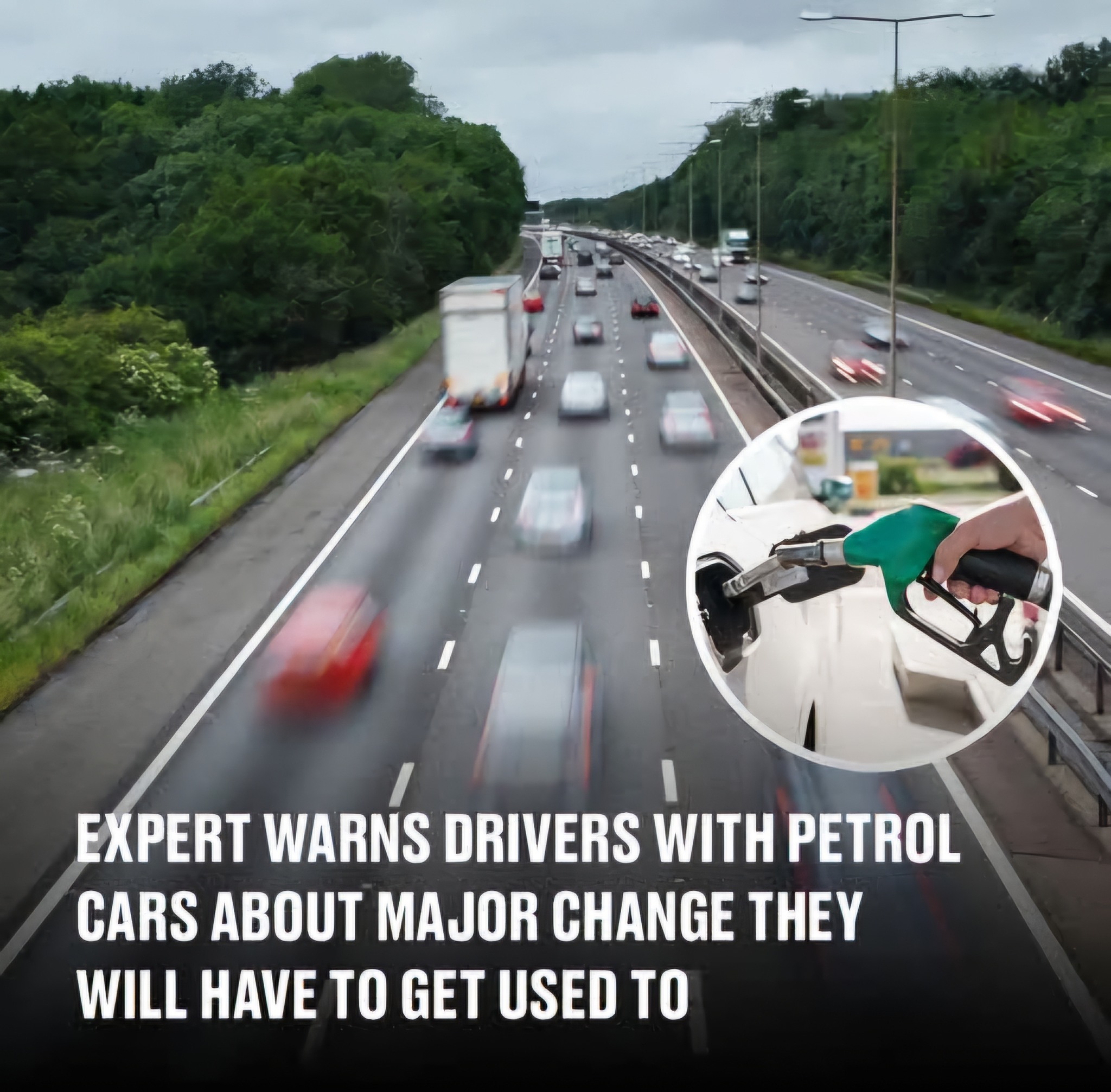The shift toward electric vehicles (EVs) is no longer a distant idea but an inevitable reality rapidly taking shape worldwide. Governments across the globe, including major players like the UK and Canada, have set ambitious targets to phase out gas-powered vehicles in the coming years. In the UK, the sale of new petrol and diesel cars will be banned by 2030, with hybrids following by 2035. Similarly, Canada aims to transition to 100% EV sales by 2035. While these deadlines might seem comfortably far off, experts are urging gas car drivers to start preparing for these changes now because the transformation is already underway.

One of the most significant changes traditional gas car drivers will face is adapting to automatic transmissions. Unlike conventional gas-powered cars, which often come with manual gearboxes, EVs operate without gears. Stuart Masson, an automotive expert from The Car Expert, refers to this shift as “car industry 2.0.” EVs provide a smoother, simpler driving experience, but for drivers who have spent years mastering manual transmissions, this change might require a period of adjustment. While some may embrace the ease of automatic systems, others might initially feel detached from the driving experience they once enjoyed.
Another inevitable change is the gradual disappearance of gas stations. They won’t vanish overnight, but as more people adopt EVs, the demand for gas stations will decrease, leading to closures. For gas car drivers, this means planning fuel stops with greater care, especially on long-distance trips. This shift mirrors the early days of EV adoption when drivers had to meticulously plan routes based on limited charging station availability. In Canada, automakers are required to meet incremental EV sales targets—20% by 2026, 60% by 2030, and full electrification by 2035. While gas-powered cars already on the road will remain functional for years, the convenience of finding a nearby gas station will slowly diminish, making strategic fuel planning essential.
Range anxiety, a common concern among EV skeptics, refers to the fear of running out of power before reaching a charging station. Interestingly, this same anxiety might soon apply to gas car drivers as gas stations become less common. Stuart Masson argues that range anxiety for EVs is often exaggerated. “The average journey is about nine miles,” he explains, highlighting that modern EVs now boast ranges of up to 250 miles on a single charge—sufficient for the vast majority of daily driving needs. However, as the gas station network shrinks, traditional drivers may start feeling similar anxiety about whether they’ll make it to the next operational pump.
To address these concerns, governments and private enterprises are pouring significant resources into expanding EV charging infrastructure. In Canada alone, over 25,500 charging ports are already in operation, with plans to increase that number to 33,500 by 2026. While most of these stations are concentrated in provinces like Quebec, Ontario, and British Columbia, nationwide efforts are underway to ensure EV charging is accessible even in more remote regions. This growing infrastructure will support the growing EV fleet and make the transition smoother for both early adopters and those lagging behind.
Financial incentives are also playing a crucial role in driving EV adoption. Governments are offering substantial rebates and subsidies to offset the higher upfront costs of electric vehicles. In Canada, automakers can earn credits by meeting EV production targets or investing in public charging networks. These incentives not only make EVs more affordable but also encourage both manufacturers and consumers to embrace the electric future.
For those reluctant to give up their gas-powered vehicles, there’s no immediate need for panic. As Stuart Masson reassures, “You’ll still be able to drive your petrol car for decades.” However, the reality is clear: the automotive industry is heading toward full electrification. While gas-powered cars won’t vanish from the roads overnight, their support infrastructure, including fuel stations and maintenance facilities, will gradually shrink. Drivers who choose to hold onto their gas vehicles will need to adapt to these changes, whether that means traveling further to refuel or adjusting to a market that prioritizes electric technology.
Preparing for this transition isn’t just about buying an EV—it’s about embracing new driving habits, familiarizing oneself with charging station networks, and understanding the nuances of EV ownership. The shift won’t happen in an instant, but its pace is accelerating. Experts emphasize the importance of starting this preparation now rather than waiting until gas stations are few and far between, or the price of gas skyrockets due to decreased demand.
This transition represents more than just a change in vehicles—it’s a shift in mindset. Drivers who are open to understanding new technologies, adapting to automatic transmissions, and planning their trips differently will find the road ahead far smoother. While change often feels daunting, it also brings opportunities. The EV revolution promises cleaner air, quieter streets, and a more sustainable future for transportation. The driving experience may look and feel different in the coming years, but those who embrace the transition with curiosity and preparation will find themselves better equipped for the road ahead. The automotive industry’s future is electric, and the time to prepare for that future is now.





